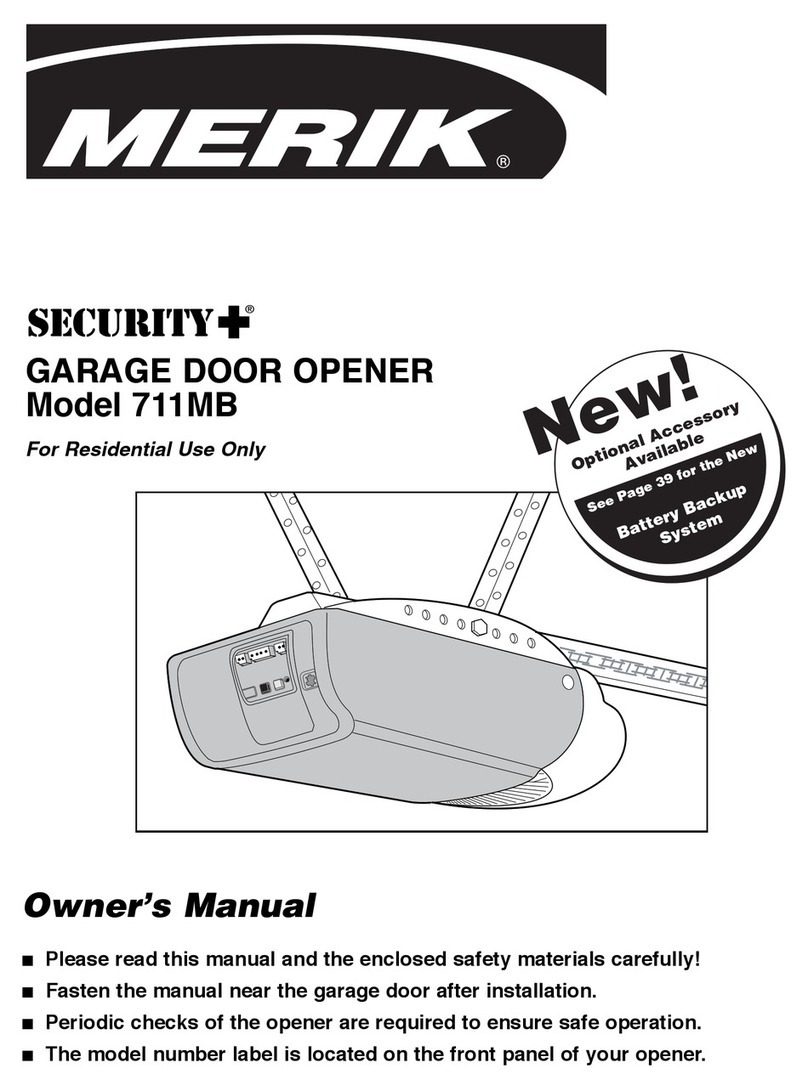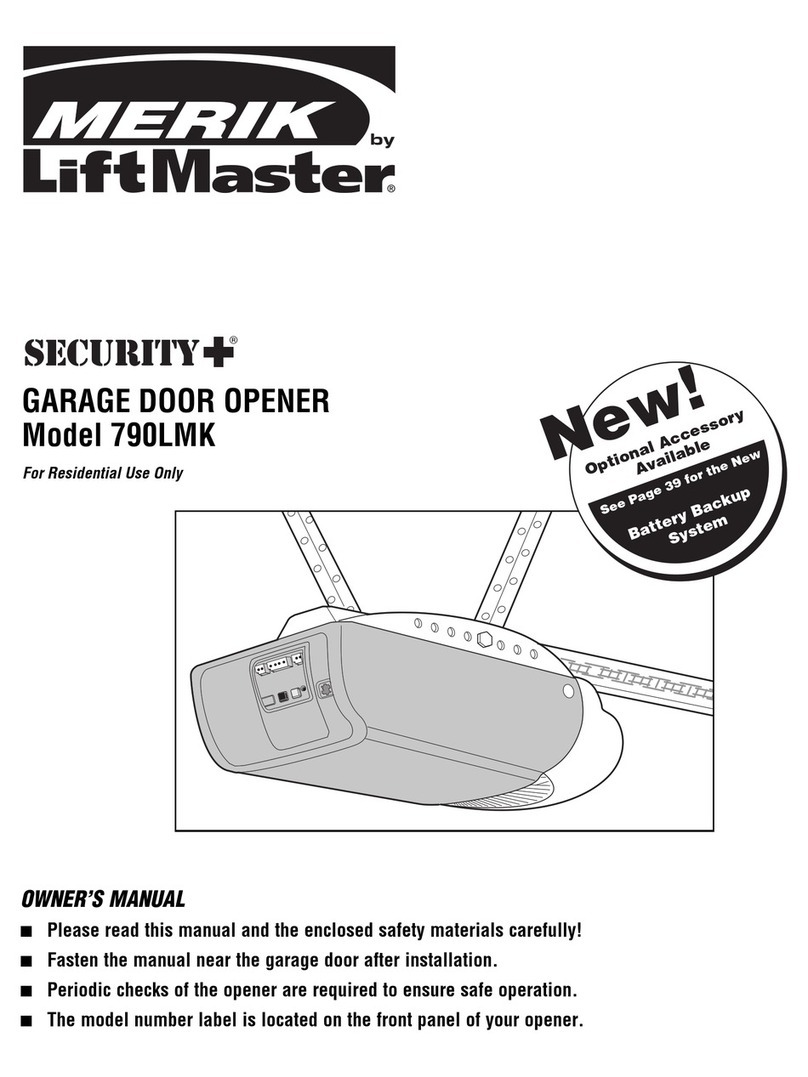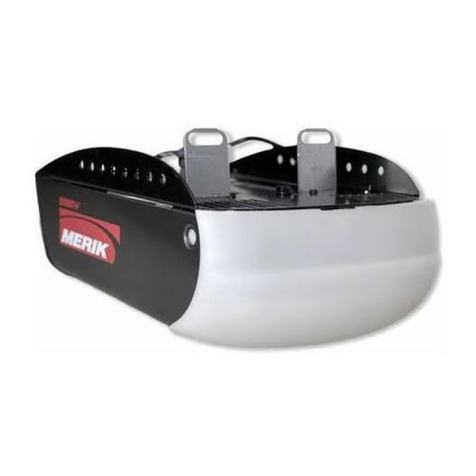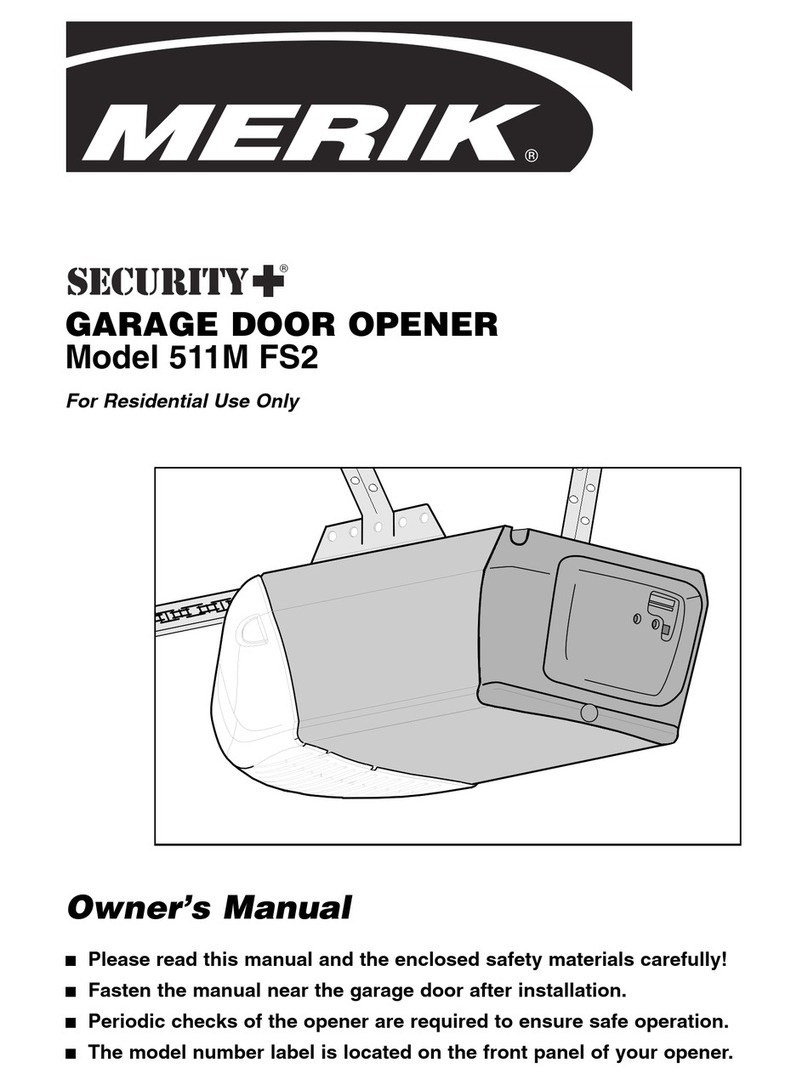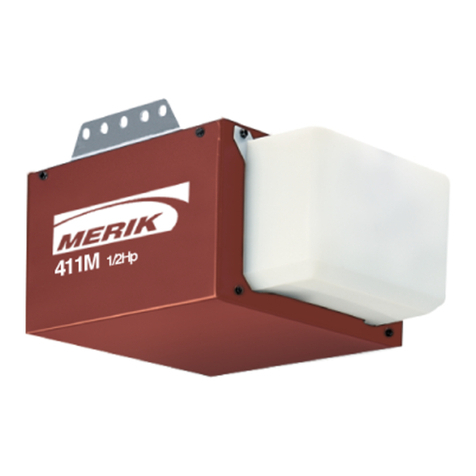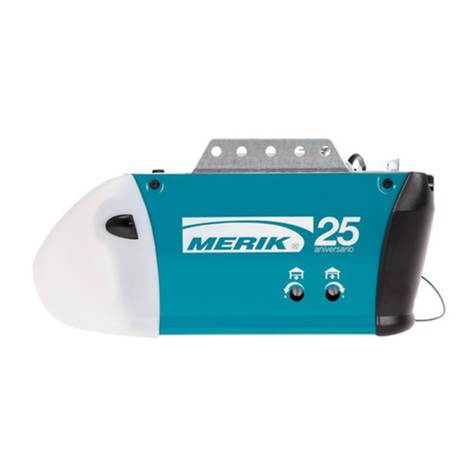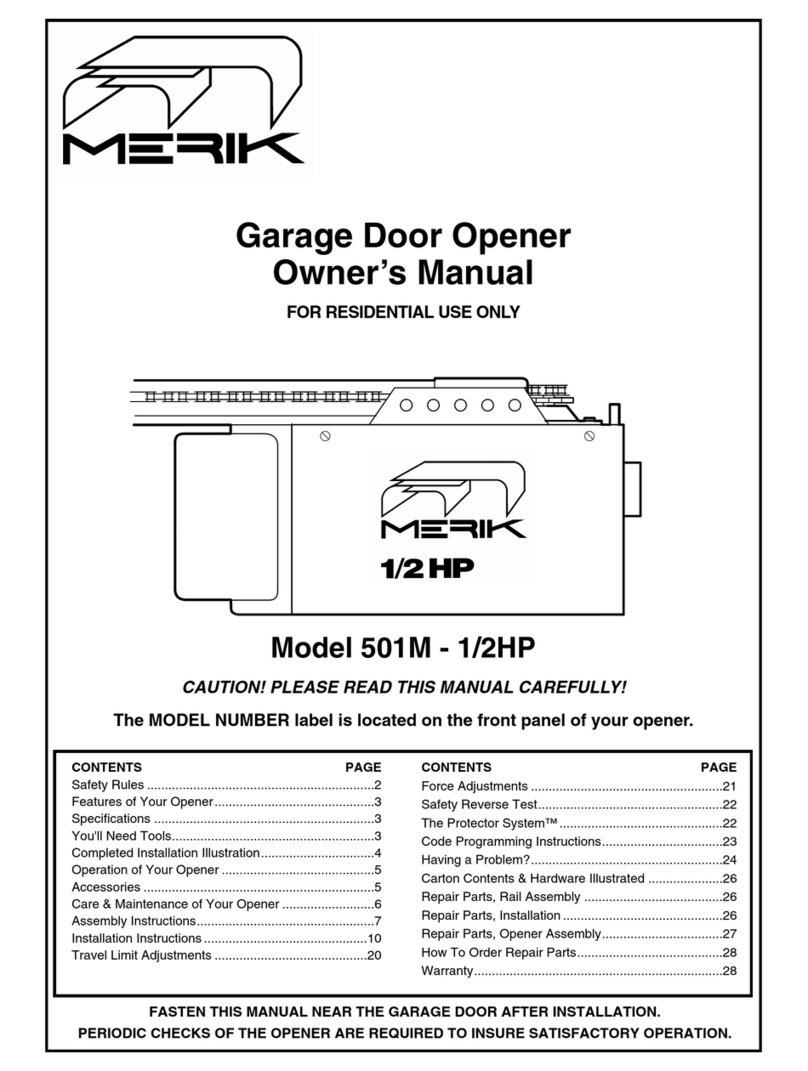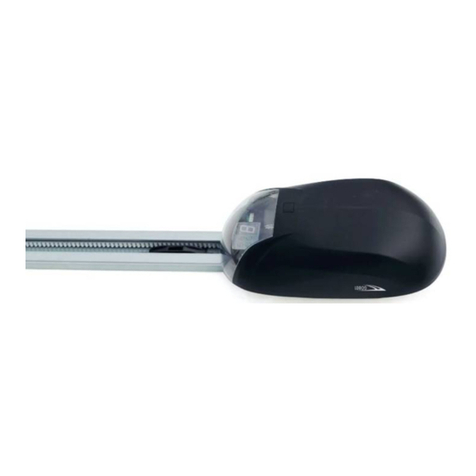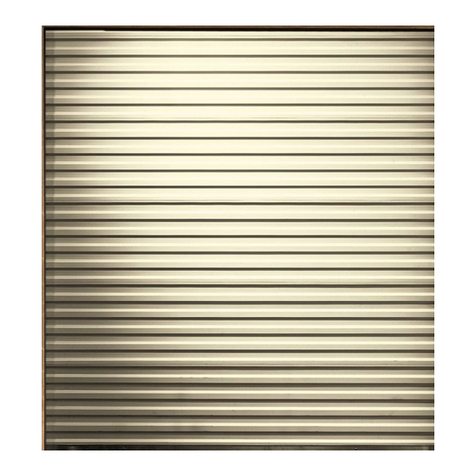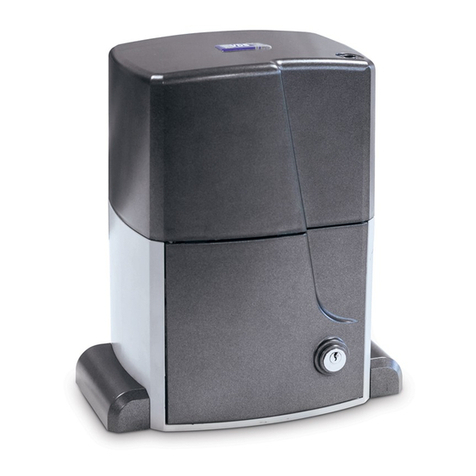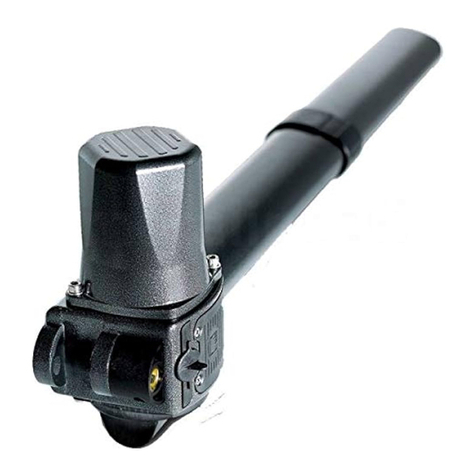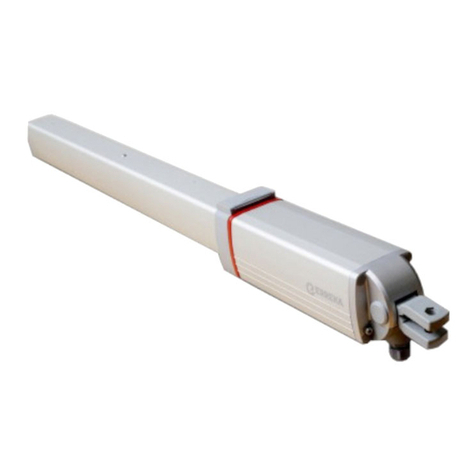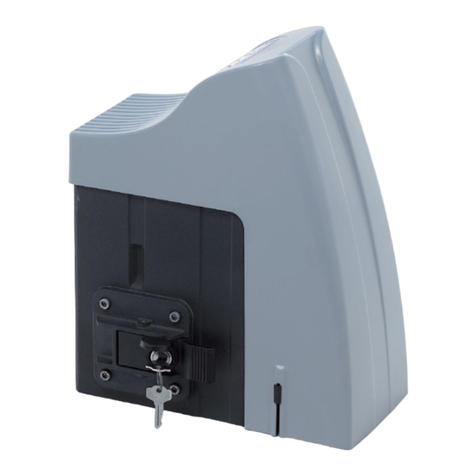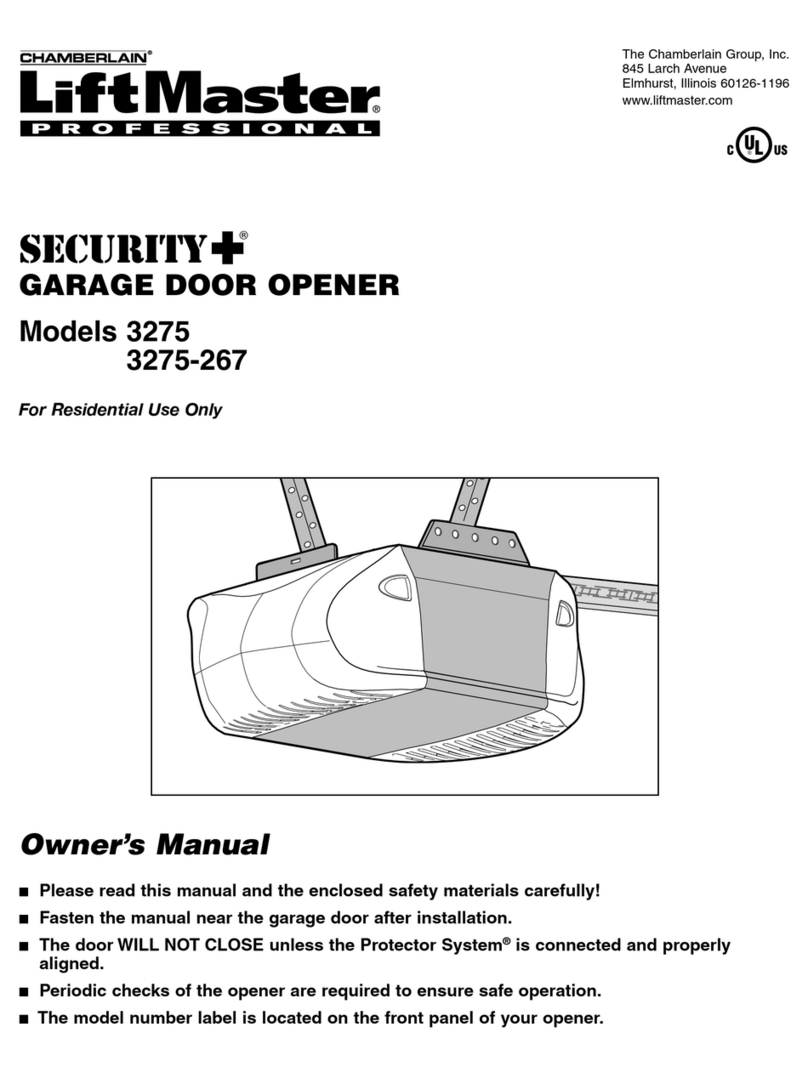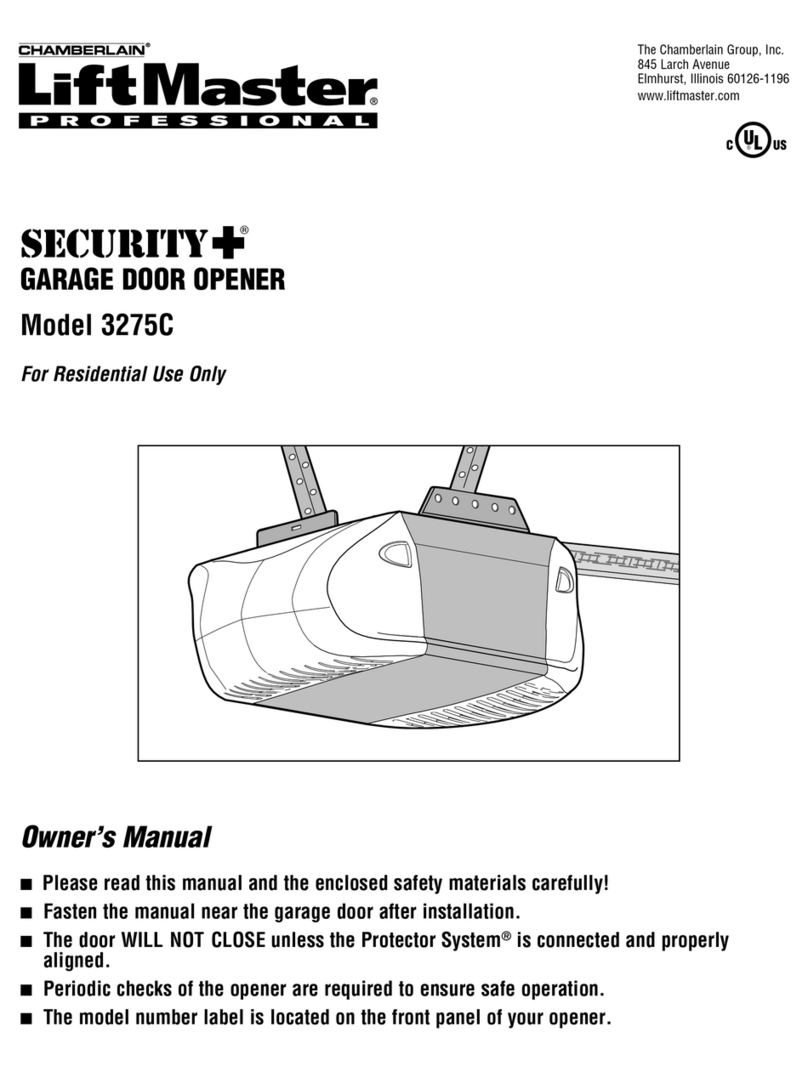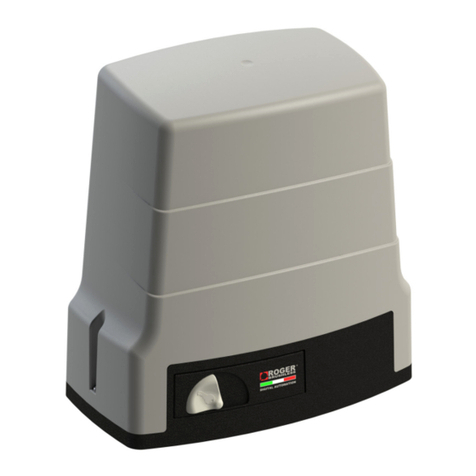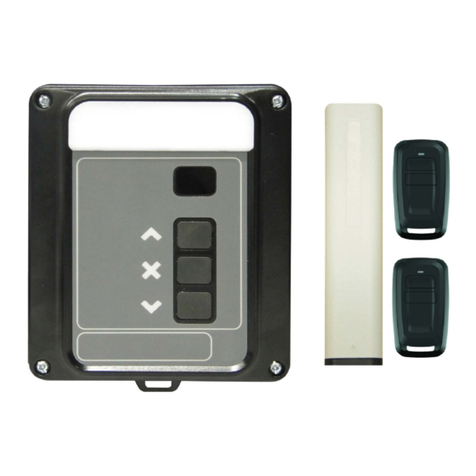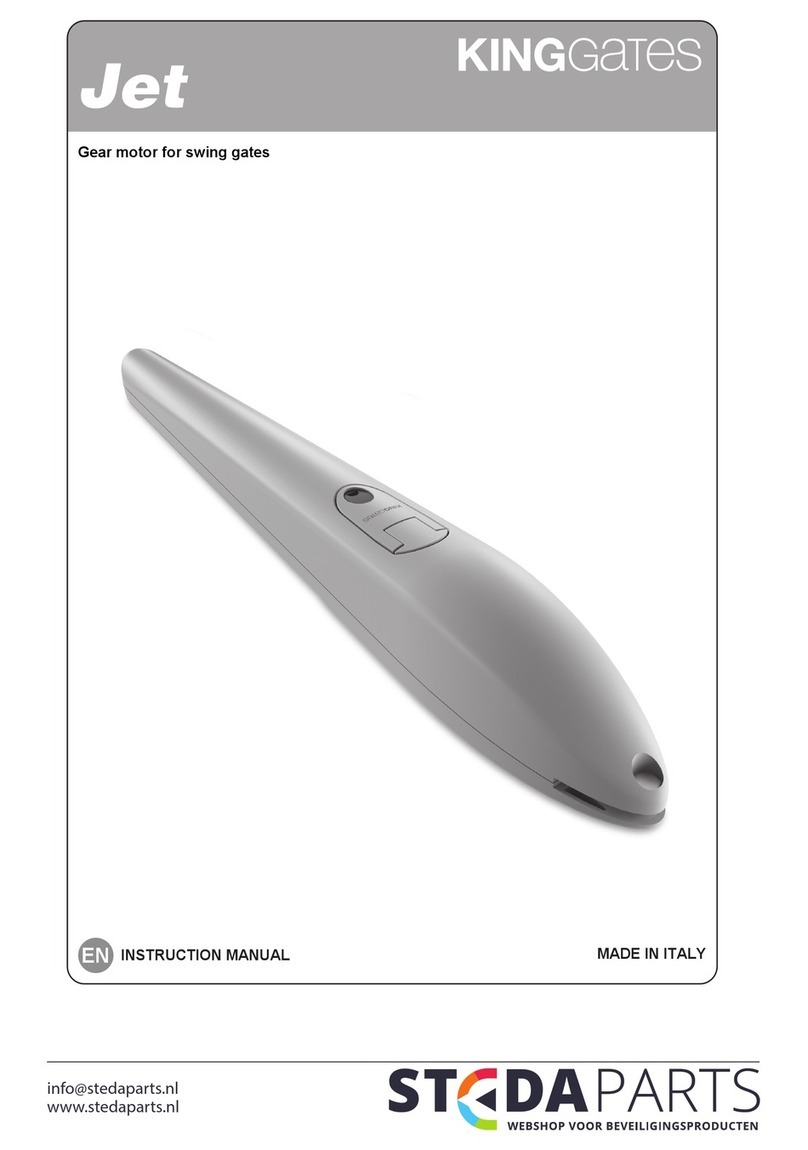2
Introduction Pages 2-8
Safety symbol and signal word review........................2
Preparing your garage door ........................................3
Tools needed...............................................................3
Planning ..................................................................4-6
Carton inventory..........................................................7
Hardware inventory .....................................................8
Assembly Pages 9-15
Assemble T-rail & attach the pulley bracket...........9-10
Install the trolley.........................................................11
Fasten the T-rail to the motor unit.............................12
Install the chain/cable and chain spreader ..........13-14
Tighten the chain and cable......................................15
Installation Pages 15-28
Installation safety instructions ...................................15
Determine the header bracket location................16-17
Install the header bracket..........................................18
Attach the T-rail to the header bracket......................19
Position the opener ...................................................20
Hang the opener .......................................................21
Install the door control...............................................22
Install the light ...........................................................23
Attach the emergency release rope and handle .......23
Electrical requirements..............................................24
Fasten the door bracket.......................................25-26
Connect the door arm to the trolley .....................27-28
Adjustment Pages 29-31
Adjust the travel limits ...............................................29
Adjust the force .........................................................30
Test the safety reversal system.................................31
Operation Pages 32-35
Operation safety instructions ....................................32
Using your garage door opener ................................32
Using the wall-mounted door control ........................33
To open the door manually .......................................33
Care of your garage door opener .............................34
Having a problem?...............................................34-35
Programming Pages 36-37
To add a hand-held remote control ...........................36
To erase all codes .....................................................36
Multi-function remotes...............................................36
To add or change a Keyless Entry PIN.....................37
Repair Parts 38
Accessories 39
Service Numbers 40
Warranty 40
TABLE OF CONTENTS
When you see these Safety Symbols and Signal
Words on the following pages, they will alert you to
the possibility of serious injury or death if you do
not comply with the warnings that accompany them.
The hazard may come from something mechanical
or from electric shock. Read the warnings carefully.
When you see this Signal Word on the following
pages, it will alert you to the possibility of damage to
your garage door and/or the garage door opener if
you do not comply with the cautionary statements
that accompany it. Read them carefully.
Mechanical
Electrical




















